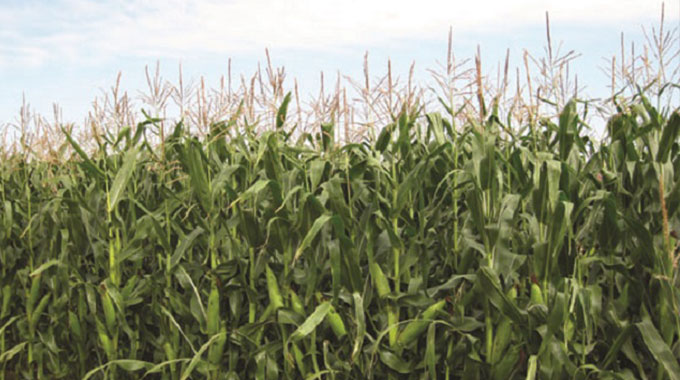
Some light showers fell in Bulawayo and surrounding areas yesterday, with marginally heavier falls reported to have fallen elsewhere around the country.
This could have marked the start of the 2019/20 summer rainfall period after a forgettable 2018/19 season when the country experienced an El Nino-induced drought. Official estimates are that five million people are food insecure as a result. The figure is expected to increase in the first few months of next year. In response, the Government declared a state of disaster, a step that meant that the international community could chip in with food aid. The UN recently committed itself to raising US$331 million to address the humanitarian needs of millions up to April 2020.
Therefore, the 2018/19 farming season is one we want to forget about quickly, hoping that the forthcoming one would be better. Weather experts meeting in August in Luanda, Angola, forecast that normal to above normal rainfall will fall in Southern Africa from this month up to December but warned that from January to March next year, most of the region could receive normal to below normal rainfall. The local forecast, as announced by the Meteorological Services Department days after the Angola conference, echoes the regional forecast.
Lands, Agriculture, Water, Climate and Rural Resettlement Minister Perrance Shiri, announced on Friday that preparations were being finalised at Government level in terms of providing inputs under the public-funded schemes while financial institutions had started processing applications for loans from farmers who will work under the Command Agriculture system. Distribution of inputs was expected to begin on Monday this week. More than 210 000 hectares and 30 000 hectares will be put under maize and soyabeans respectively under the programme.
“The process of registration up to approval should take seven days or less,” he said on Command Agriculture expected to be funded to the tune of $968 million by banks.
“The programme will avail inputs through an electronic voucher system administered through the bank. Inputs will be provided at district level through suppliers, stockists and agents as will be advised by the bank during the contracting process. Farmers will start accessing inputs on the 7th of October 2019.”
For growers working outside the command scheme, Government has set aside $1,8 billion for the production of strategic crops such as maize, soyabeans and cotton. Of that amount, $567,4 million was allocated for the provision of inputs for vulnerable households and $332 million to ensure the procurement of inputs for cotton production. A total of $968 million will augment the $2,8 billion put forward by banks and the private sector to support the Command Agriculture Programme.
We are confident that it is all systems go for the 2019/20 season.
As weather experts and agronomists have been warning after the seasonal forecast was released two months ago, we expect farmers to strive to plant at the earliest time possible. Doing so will make it possible for them to benefit from the rains in the first half of the farming season when normal to above normal rains are projected. Their crops would be in a good position to germinate and establish themselves early in the season so that when the drier second half of the rainfall season begins next January, the crops would have grown to possibly thrive regardless.
Yet another piece of advice that experts have been giving, which we reiterate here, is for farmers to plant early maturing varieties especially for maize, varieties that are also drought tolerant. This year’s forecast, if it comes to pass, might not be wet enough for longer season varieties to do well hence the need for farmers to try the hardier, and fast maturing varieties.
In addition, farmers are encouraged to grow indigenous crops — rapoko, sorghum, millet — that do well even in low rainfall conditions. For a long time, the Government has been hammering this point home in the wake of climate change which has generally resulted in reduced rainfall totals and higher temperatures in recent years. To that end, the Government targeted to distribute 15 000 tonnes of the indigenous grains this year. This amount of seed is enough for planting on 1,5 million hectares.
Given the climate variability in recent years and the resulting failure of larger grains, particularly maize, we see no reason why our farmers will continue to shun the small, indigenous grains. Another plus for growing them is that their producer price is the same as that for maize — $4 000 per tonne. Yet another positive is that more of our people are, for health reasons, consuming rapoko, sorghum and millet-based foods. Therefore, there is a growing market for small grains and money to be made now unlike in the past when the crops were inferior to maize.
As the season begins farmers will need to find ways of retaining moisture in their fields. A few options are encouraged, among them conservation farming or zero tillage as well as putting ridges to ensure that rain water does not flow out of the fields, but into the ground.
